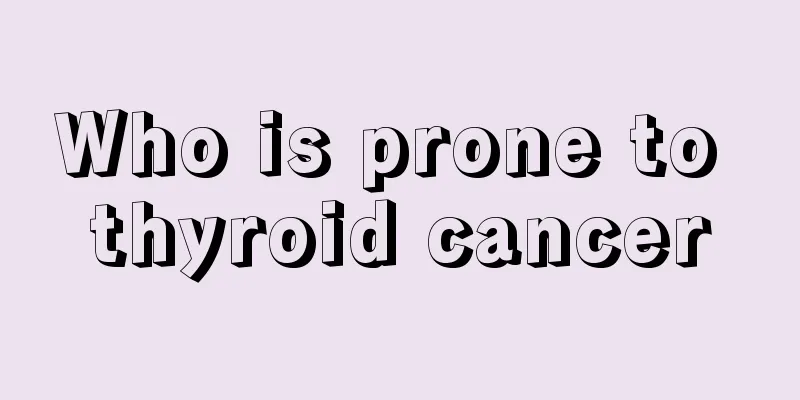Surgical methods for radical gastrectomy for gastric cancer

|
The surgical methods for radical resection of gastric cancer mainly include endoscopic resection and gastrectomy of different degrees. Endoscopic resection is suitable for early gastric cancer, while advanced gastric cancer may require more complex surgery. 1. Endoscopic resection: This method is mainly used for early gastric cancer. Common ones include endoscopic mucosal resection (EMR) and endoscopic submucosal dissection (ESD). EMR is suitable for smaller lesions and directly removes cancerous tissue through endoscopy. ESD is suitable for larger or deeper lesions and can more thoroughly remove cancerous tissue and reduce the risk of recurrence. The choice of surgical method needs to be considered comprehensively based on the size and location of the lesion and the overall health of the patient. 2. D1 resection: This is a relatively basic surgical method, mainly for early or localized gastric cancer. During the operation, the stomach and the surrounding lymph nodes will be removed to eliminate possible pathways for cancer cells to spread. D1 resection is relatively less invasive and recovery is faster after surgery. 3. D2 resection: This surgery is suitable for advanced gastric cancer. The scope of the surgery is larger. In addition to removing the stomach, it also includes more extensive lymph node dissection. D2 resection has performed well in improving survival rates, but it is also accompanied by a higher risk of complications. The patient's physical condition needs to be evaluated in detail before surgery. 4. Extended D2 resection: For some special cases, an extended D2 resection may be required. This surgery involves not only extensive resection of the stomach and lymph nodes, but may also include partial resection of surrounding affected organs. This type of surgery is highly complex and needs to be performed by an experienced medical team. 5. Extent of gastric resection: Depending on the location and extent of the cancer, surgery may involve distal gastrectomy, proximal gastrectomy, or total gastrectomy. Distal gastrectomy is suitable for cancer in the lower part of the stomach, while proximal gastrectomy is for lesions in the upper part of the stomach. Total gastrectomy is usually used when cancer is extensively invasive. Pylorus-preserving partial gastrectomy aims to reduce complications such as postoperative indigestion and is suitable for specific conditions. When choosing a specific surgical method, patients and doctors need to discuss together and consider multiple factors such as the stage of cancer, the patient's physical condition and quality of life. After surgery, patients also need to cooperate with comprehensive treatments such as chemotherapy and radiotherapy to improve cure rates and quality of life. For gastric cancer patients, postoperative dietary adjustments and psychological support are equally important, which can help speed up recovery and improve quality of life. I hope that this information can help everyone better understand the surgical methods of radical resection of gastric cancer and make more informed treatment choices. |
<<: What are the treatments for breast cancer
>>: Can early stage lung cancer be cured?
Recommend
What to do if you have difficulty breathing due to tuberculosis
Tuberculosis is not only very harmful to the body...
Why does dull pain in the left lower abdomen for a year lead to colon cancer
A year after suffering from dull pain in the lowe...
Can I have sex during pregnancy?
Many couples have sex during pregnancy. Here we w...
Liver cancer laboratory test items
What are the laboratory tests for liver cancer? M...
What are the early symptoms of lung cancer? 4 early symptoms of lung cancer
Hoarseness. This is one of the most important ear...
Armpit skin disease
The skin is the most vulnerable part of the human...
Jiaodong Dried Sweet Potato
Sweet potatoes can be stored for a relatively lon...
What are the best ways to kill mosquitoes?
It is very annoying to have many mosquitoes in su...
Are long-legged bees poisonous?
In the summer, if you often go outdoors to play, ...
It turns out that turtle soup has such effects. Who should avoid it?
I believe many people have the habit of drinking ...
What are the symptoms of rheumatic pain in the feet
Rheumatic pain is more common among middle-aged a...
What are the psychological harms of ovarian cancer to children
Children are a special group of people who are in...
How long does meat last in the refrigerator?
As people's living standards continue to impr...
How much does chemotherapy for endometrial cancer resection cost
Endometrial cancer is one of the female reproduct...
What are the symptoms of lung cancer? 6 small symptoms to beware of lung cancer
Early lung cancer patients will send out some dan...









